Nasal Speculum in ENT and Rhinoplastic Surgeries: A Comprehensive Guide
Introduction
Nasal speculum, a vital tool in the field of Ear, Nose, and Throat (ENT) and rhinoplastic surgeries, plays a crucial role in examining and accessing the nasal passages and sinus cavities. Designed to aid physicians and surgeons, nasal specula are versatile instruments with a wide range of applications, making them indispensable in these medical specialties.
Intended Use of nasal speculum
The primary purpose of a nasal speculum is to provide a clear and unobstructed view of the nasal cavity. This allows ENT specialists and rhinoplastic surgeons to perform various diagnostic and surgical procedures with precision. Nasal specula are especially useful when dealing with conditions such as nasal polyps, deviated septums, sinusitis, or during cosmetic rhinoplasty.
Types of Nasal Speculum
Nasal specula come in various designs to cater to different patient needs and surgical requirements. The most common types include:
- Cottle Nasal Speculum: Designed with two blades, it gently retracts the nasal tissues for improved visibility.
- Killian Nasal Speculum: Characterized by a single blade, it is effective for accessing and working on specific areas of the nasal cavity.
- Takahashi Nasal Speculum: Designed with a unique self-retaining mechanism, it offers hands-free retraction, allowing surgeons to work more efficiently.
Applications
Nasal specula find extensive use in ENT and rhinoplastic surgeries. Some common applications include:
- Nasal Examination: Physicians use nasal speculum for routine nasal examinations, helping diagnose conditions like nasal polyps, tumors, and infections.
- Rhinoplasty: In cosmetic and reconstructive rhinoplasty procedures, nasal speculum aid surgeons in achieving precise results by providing unhindered access to nasal structures.
- Sinus Surgery: Nasal speculum are essential in endoscopic sinus surgeries, enabling surgeons to access and treat sinus conditions like chronic sinusitis or sinus polyps.
Preservation
Proper care and maintenance of nasal specula are crucial to ensure their longevity and functionality. After each use, specula should be thoroughly cleaned, disinfected, and sterilized to prevent the risk of infection transmission. Regular inspection for wear and tear is essential, and damaged specula should be replaced promptly.
In conclusion, nasal specula are indispensable tools in the world of ENT and Rhinoplastic surgeries. Their versatility, combined with various types and applications, makes them essential for accurate diagnosis and precise surgical interventions. By understanding their intended use, types, and proper preservation techniques, medical professionals can maximize the benefits of these valuable instruments, ultimately improving patient outcomes.


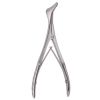
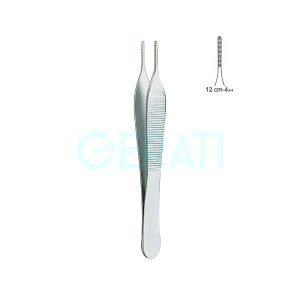
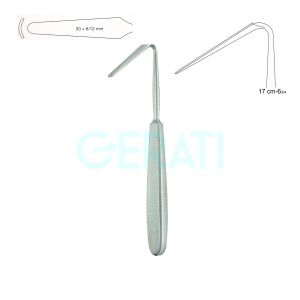
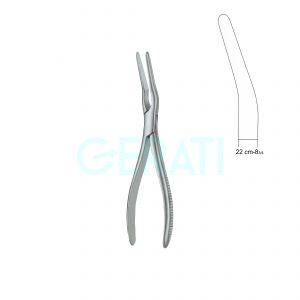
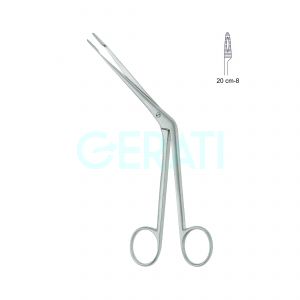
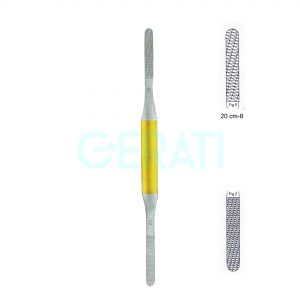
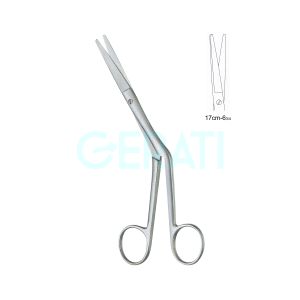
Reviews
There are no reviews yet.